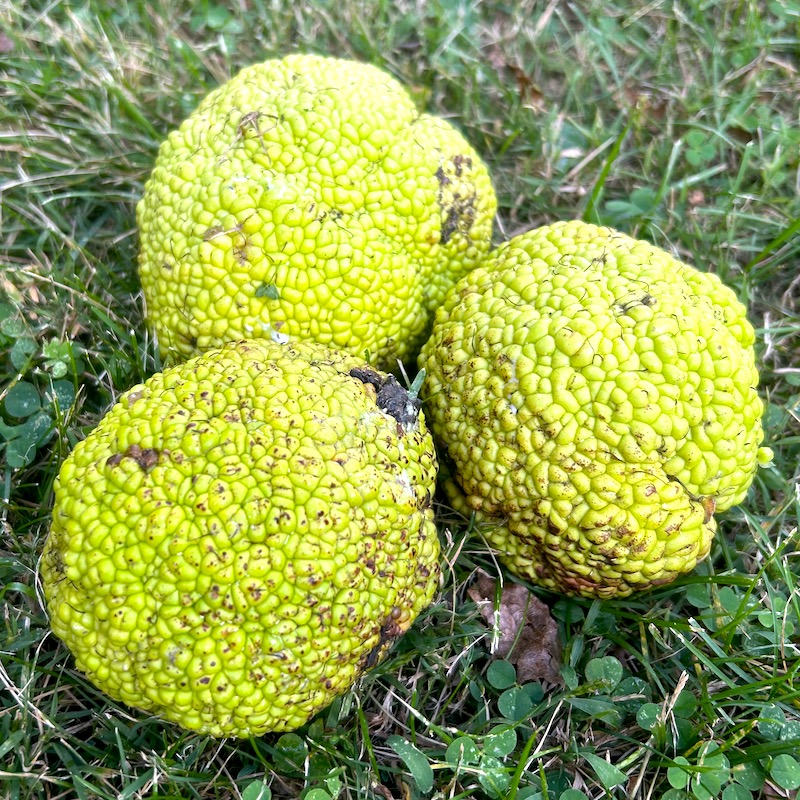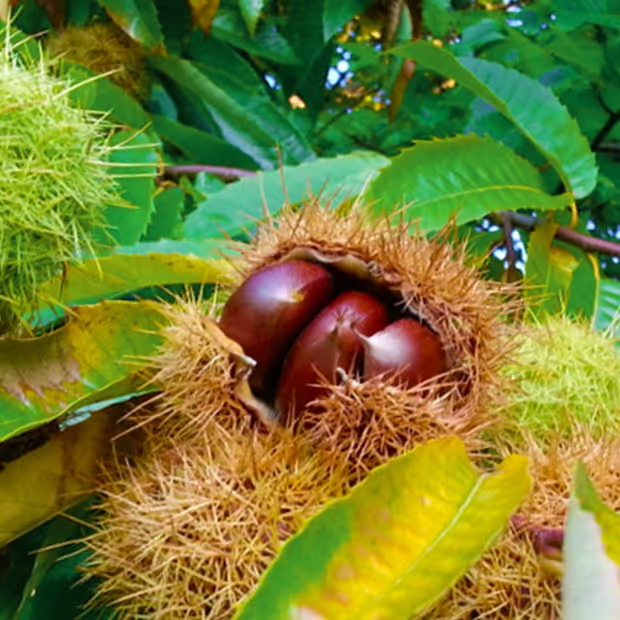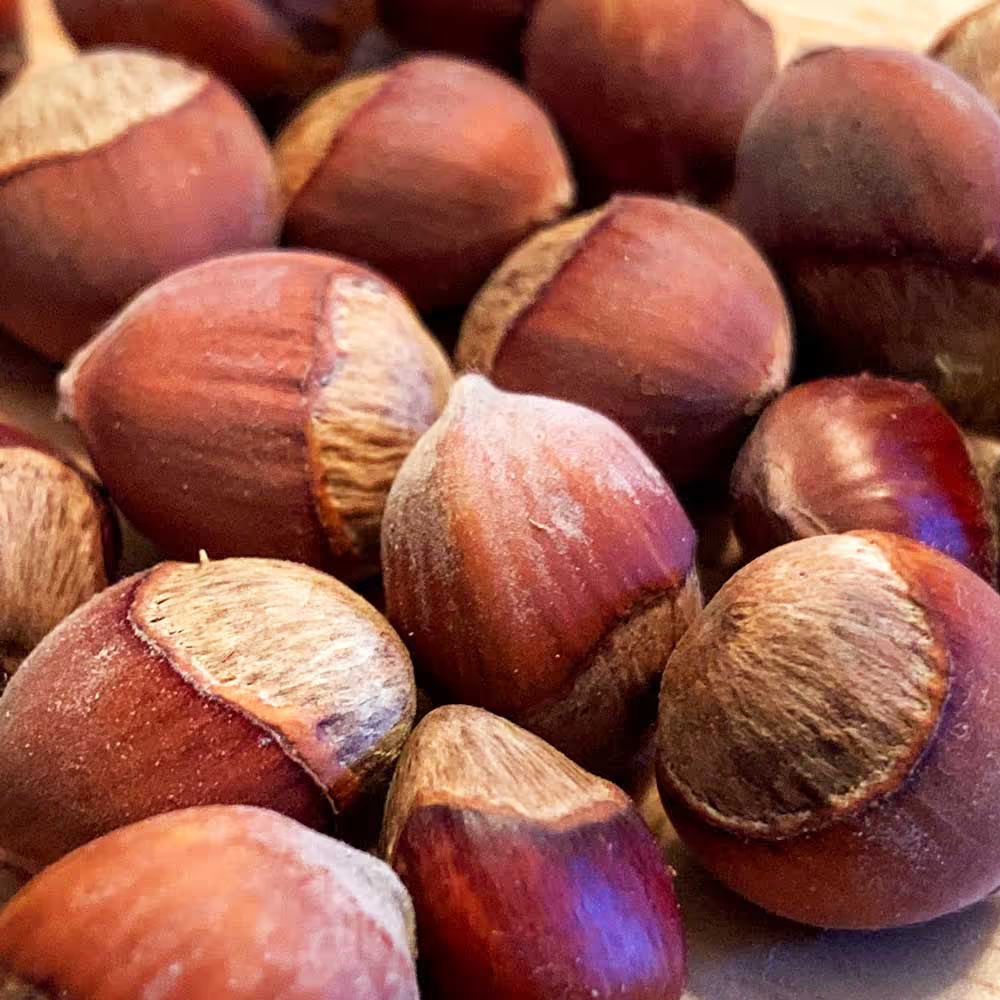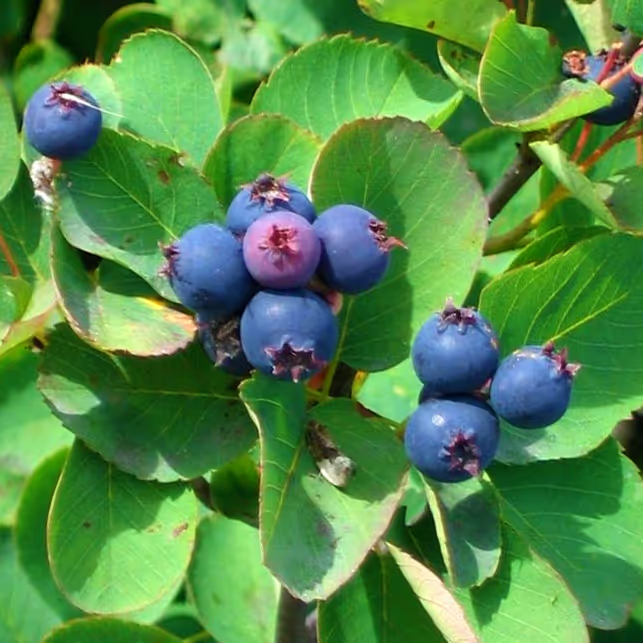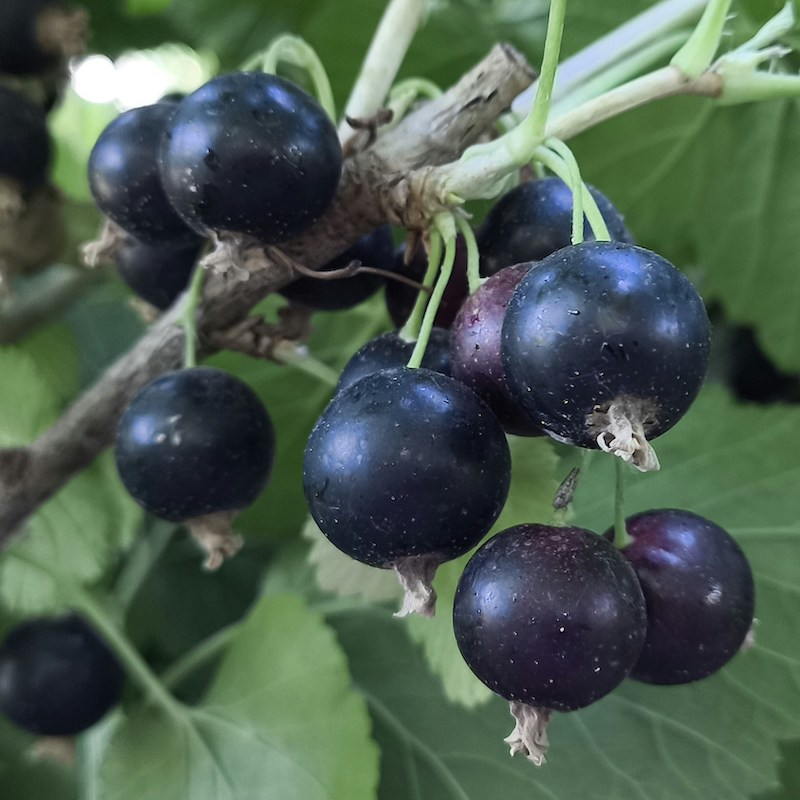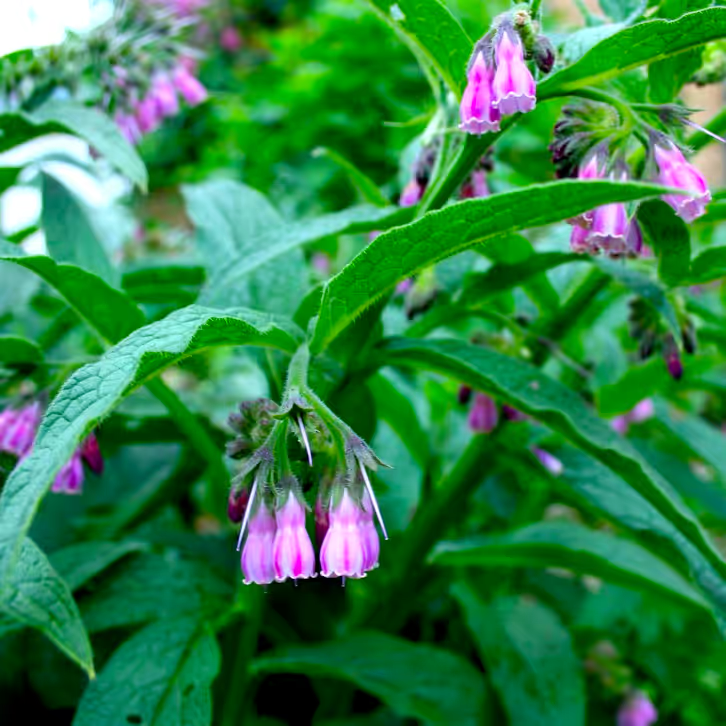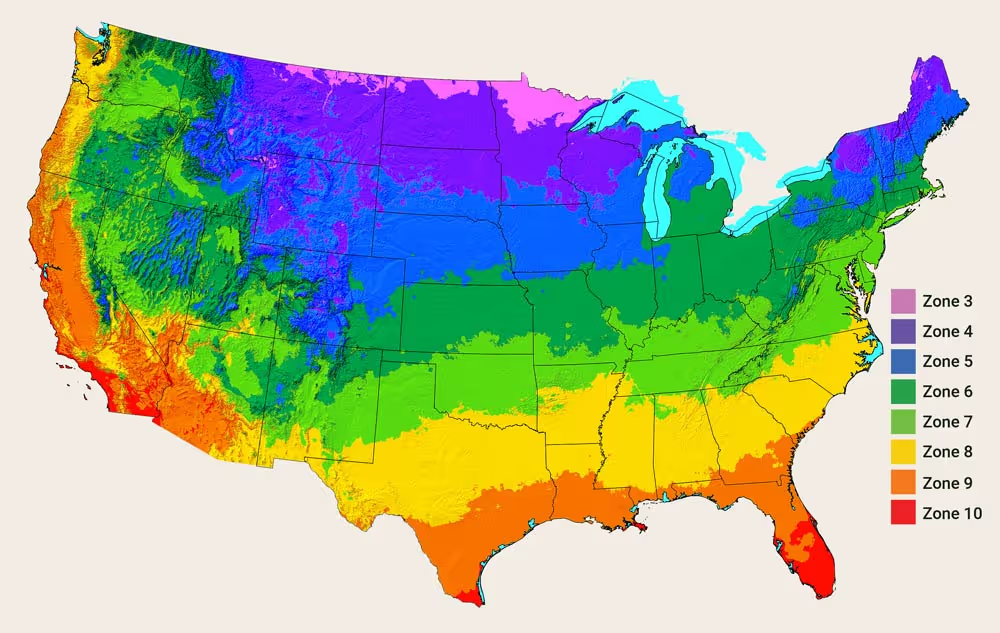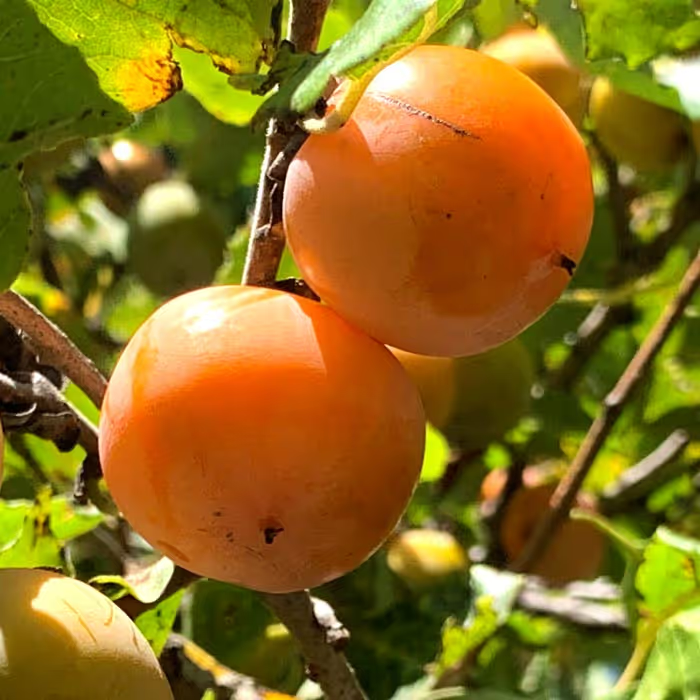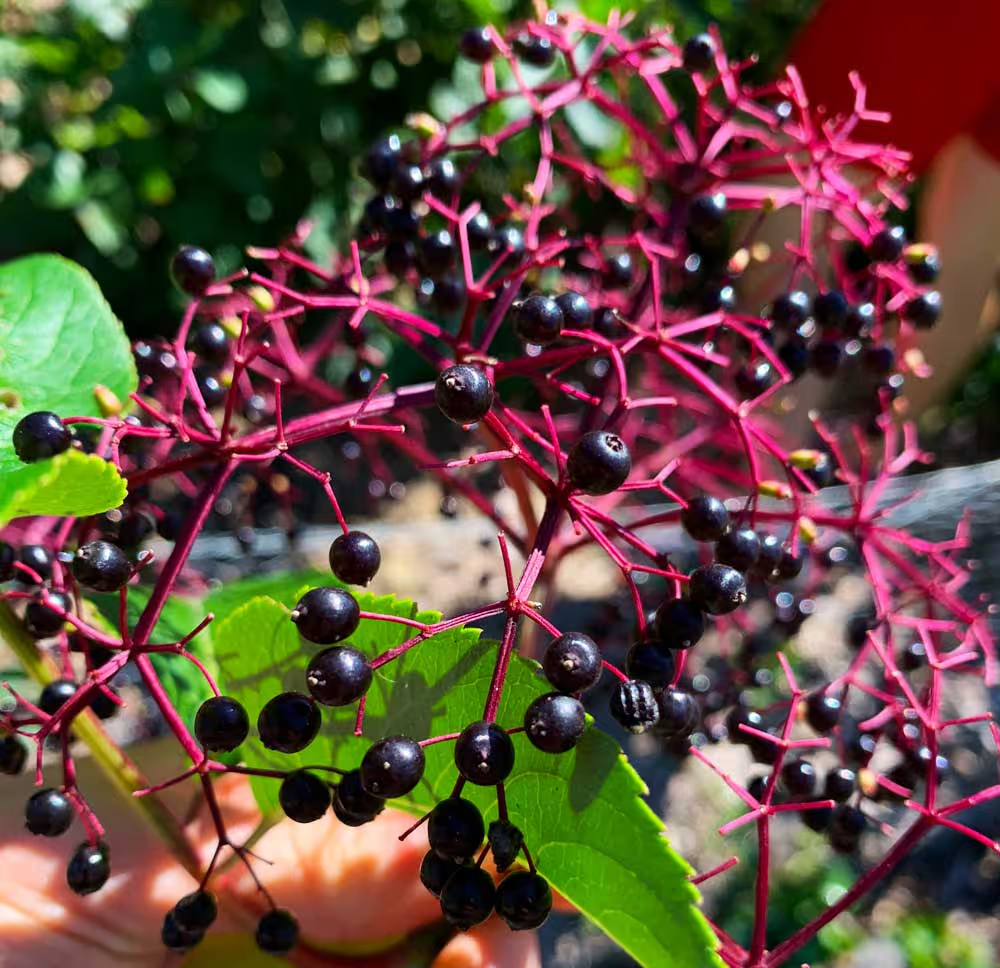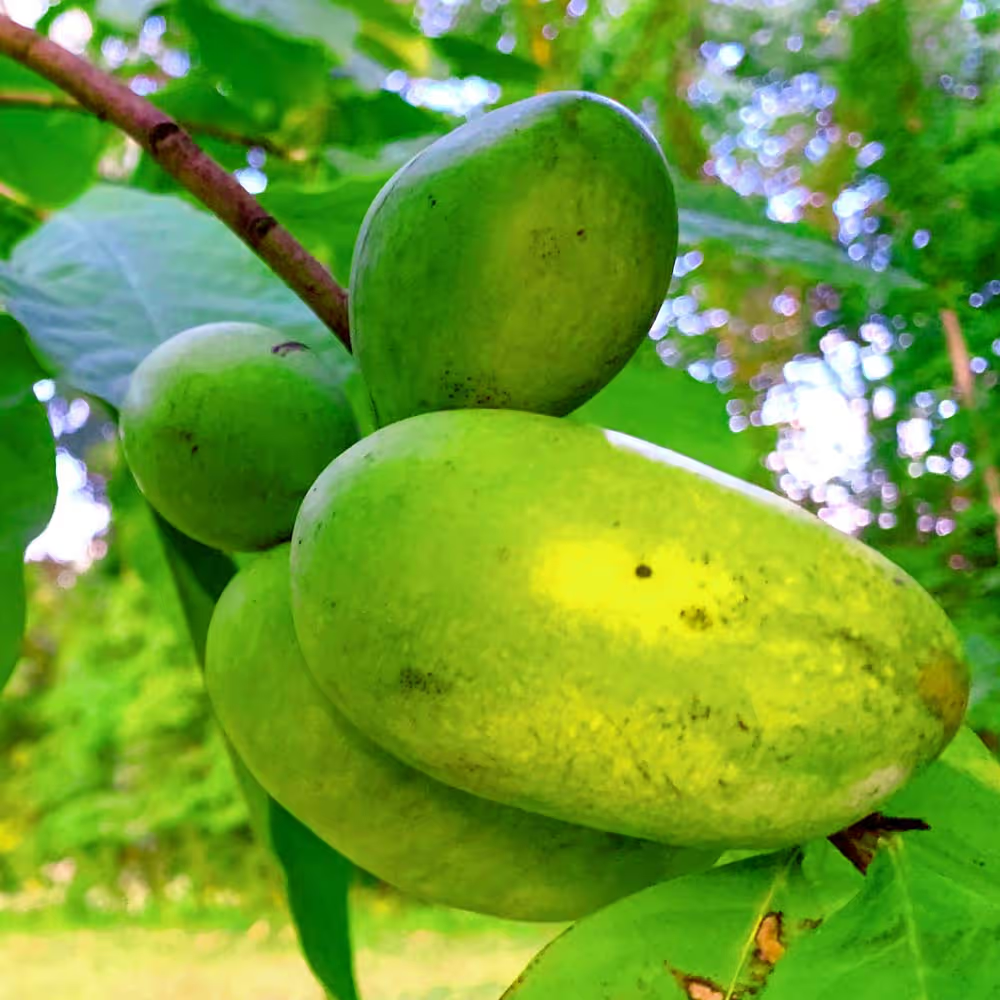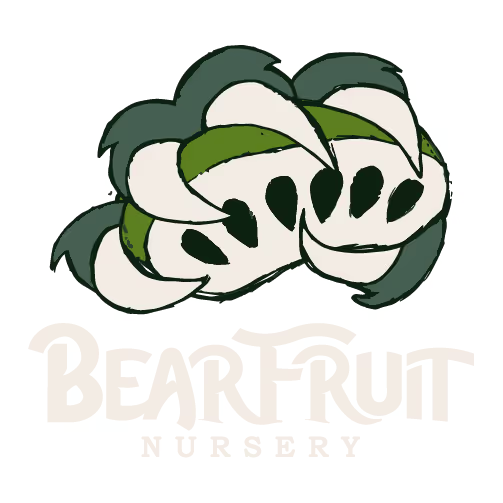Why Plant Osage Orange Trees?
The Firewood Tree You’ll Wish You Knew Sooner
Osage Orange (Maclura pomifera) isn’t just another tree—it’s one of the hottest-burning firewoods in the United States. Dense, heavy, and long-lasting, its wood produces intense heat and slow-burning coals, making it perfect for wood stoves, fireplaces, and outdoor fire pits. If you’re serious about homesteading, permaculture, or just cozy winter nights, planting Osage Orange is like investing in decades of premium firewood. Plan for the future and plant Osage Orange for future firewood harvests to make up for the loss of Ash trees.
The Living Fence, Wildlife Magnet, and Heritage Homestead Tree
The Osage Orange (Maclura pomifera), also known as Hedge Apple or Bodark, is a tough native tree with deep American roots. Once used by settlers and farmers to build “living fences,” its dense, thorny branches still make one of the best natural livestock barriers today. Beyond its practical uses, Osage Orange is a resilient, fast-growing species that thrives where other trees struggle—making it ideal for homesteaders, regenerative growers, and anyone looking to restore their land’s natural diversity.
Native to North America, the Osage Orange was prized by the Osage Nation for its strong, flexible wood, which was used to make some of the best bows ever crafted. Its bright green, softball-sized fruits are eye-catching in the fall and beloved by wildlife—even if they’re not meant for the human table.
Why Plant Our Bare Root Osage Orange Seedlings?
Our bare root Osage Orange trees are field-grown in healthy, living soil and mulched naturally with grass, leaves, and local wood chips. We never use herbicides, pesticides, or synthetic fertilizers—just compost and care. Each tree is selected for strong root development and vigor, ensuring easy establishment once planted.
Whether you’re planting a living fence, providing wildlife cover, or creating a windbreak, our Osage Orange seedlings are a durable, low-maintenance solution that will thrive for decades. Plus, the dense, hardwood is one of the hottest-burning firewoods, making Osage Orange perfect for coppice or pollard systems—cut it repeatedly and harvest sustainable firewood or timber while the tree keeps growing.

